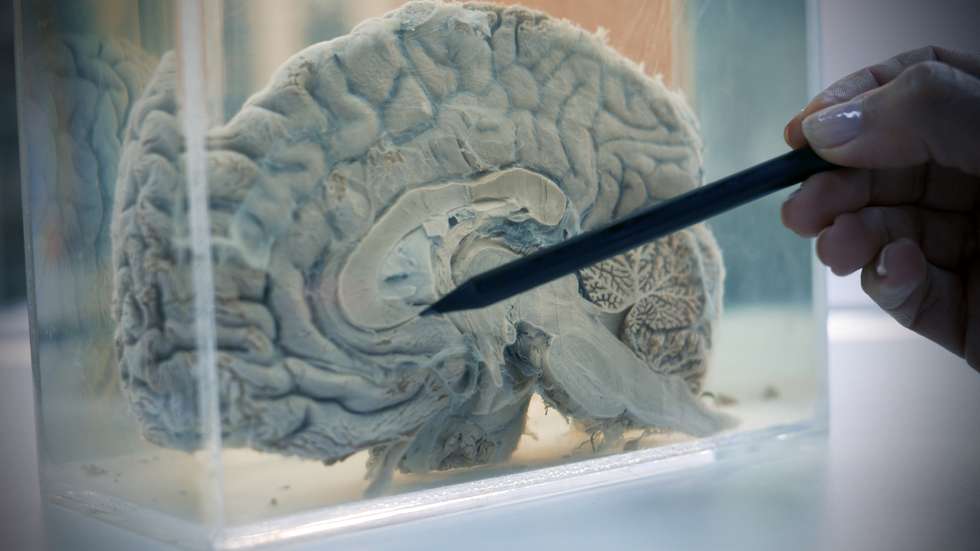The amygdala in the brains of conservative voters is about the size of a sesame seed, slightly larger than that of liberal voters, according to a study published Thursday in the Cell Press journal iScience.
The research, carried out by scientists from the University of Amsterdamaimed to replicate a study published in 2011 and based on 90 university students in the United Kingdom, whose Brain scans showed that liberal and conservative voters have differences in their brains.
Now the team wanted to test the results with a larger, more diverse group of participants, and to do so they analysed MRI brain scans from 928 people, aged 19 to 26, with different levels of education and political identities representative of the Dutch population.
You The results confirmed that the size of a person’s amygdala is related to their political views.
The anatomical differences they observed in the amygdala and anterior cingulate cortex (ACC) changed depending on a person’s economic and social ideology, indicating that The relationships between political ideology and brain structure are “nuanced and multidimensional”the study points out.
For lead author Diamantis Petropoulos, a researcher at the American College of Greek and the University of Amsterdam, “it was really a surprise that we reproduced the amygdala discovery.”
As the Netherlands has a multi-party political system, the study also wanted to compare its effect on the brain, in contrast to the two-party system in the UK, and to analyse the “ideology” of participants from different angles and different socio-economic backgrounds.
For this purpose, participants were given a Questionnaire with questions about social and economic identity. (how they see themselves, on a sliding scale from progressive to conservative, and which political party they identify with), social and economic ideology (What is your position on different social and economic issues, such as women’s and LGBQT rights, income inequality and benefit distribution)?
As in the original study, the team found a association between conservatism and gray matter volume in the amygdala, although three times lower than in the original study.
“The amygdala controls the perception and understanding of threats and uncertainty in the face of risk, so it makes perfect sense that people who are more sensitive to these issues have a greater need for security, something that generally coincides with more conservative political ideas,” Petropoulos said.
The relationship between amygdala size and conservatism also depended on the political party with which the individual identified. For example, participants who identified more with the Socialist Party, which has radically leftist economic policies but more conservative social valueshad on average More grey matter in the amygdala than those of other progressive parties..
“The Netherlands has a multi-party system, with different parties representing a spectrum of ideologies, and we found a very good positive correlation between the political ideology of the parties and the size of that person’s amygdala,” Petropoulos said.
But, Unlike the original study, the team found no association between conservatism and lower gray matter volume. in the ACC, a brain region involved in error detection and impulse control in emotional regulation.
The researchers also extended the analysis to examine possible associations between political identity and other brain regions and found a positive association between gray matter volume in the right fusiform gyrus, a region of the temporal lobe essential for visual and cognitive functions, and economic and social conservatism.
“These regions are involved in facial recognition, so it makes sense that they would be involved when thinking about political issues, as they often remind us of the political figures who represent the ideology on these issues,” Petropoulos said.
“Simply remembering the face of a politician, for example, can make the fusiform gyrus clearer a bit,” he added.
The MRI scans used in the study only provided information about the anatomy of different brain regions, but the researchers believe that future work should integrate information about the functional connections between the amygdala and different parts of the brain.
Source: Observadora
